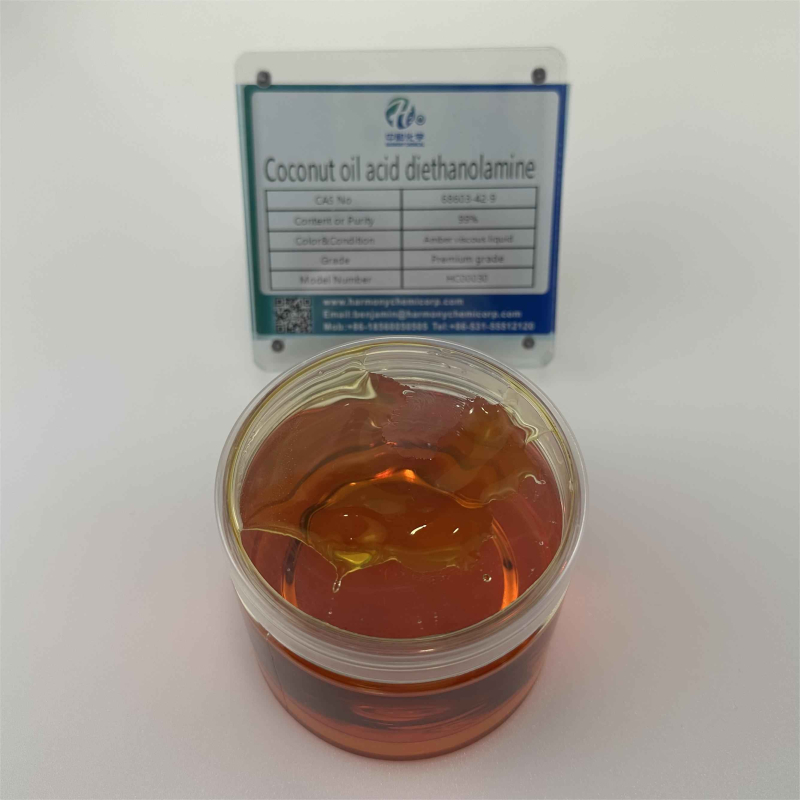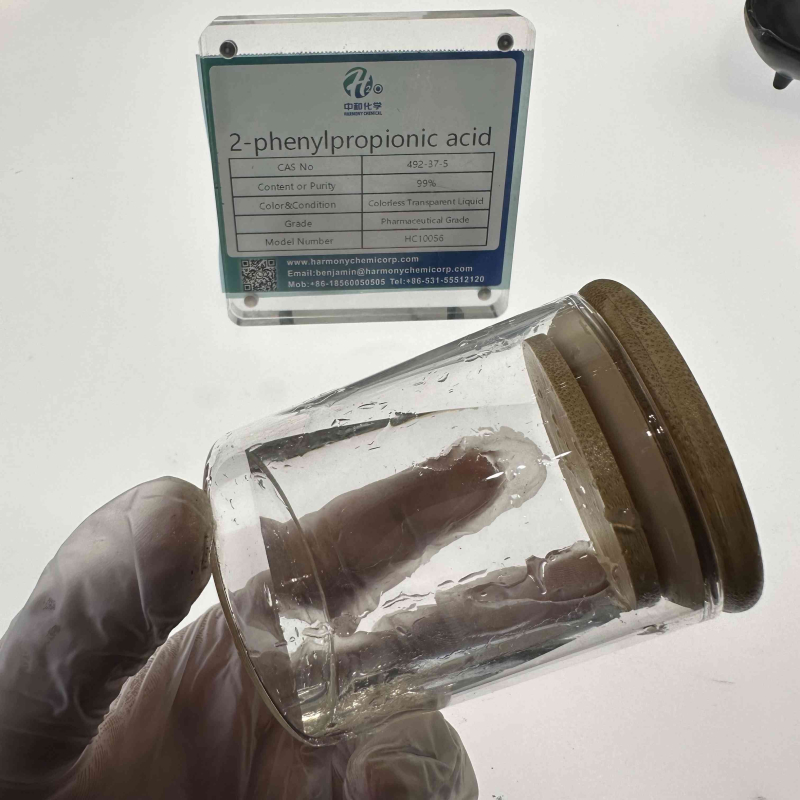nameL-carnitineCAS NO541-15-1Molecular formulaC7H15NO3molecular weight161.2melting point197-212 °C(boiling point287.5°CStorage conditionsStore below +30°C.formCrystals or Crystalline PowdercolourWhitepH value6.5-8.5 (50g/l, H2O)
Contact Now
Prilocaine is an amide type close by anesthetic. Its anesthetic depth and pace are similar to Lidocaine, alternatively its size is prolonged and its vasodilation have an impact on is weak. The toxicity is limit than lidocaine. Clinically used for close by anesthesia, specially fantastic for victims who hold away from the utilization of adrenaline.namePrilocaineCAS NO721-50-6Molecular formulaC13H20N2Omelting point37-38°boiling pointbp0.1 159-162°density1.0117 (rough estimate)refractivitynD20 1.5298Storage conditions2-8°CformCrystalline powderSOLUBLE6.169g/L(25 ºC)
Contact Now
nameL-ProlinamideCAS NO7531-52-4Molecular formulaC5H10N2Omelting point95-97 °Cboiling point213.66°C (rough estimate)refractivity1.4720 (estimate)Storage conditionsKeep in dark place,Inert atmosphere,Room temperaturesolubilityChloroform (Slightly), Methanol (Slightly)formPowder or GranulescolourWhite
Contact Now
This product is an amide Local anesthetic. Widely used in surface anesthesia, infiltration anesthesia, conduction anesthesia, and epidural anesthesia.nameLidocaineCAS NO137-58-6Molecular formulaC14H22N2Omolecular weight234.34melting point66-69°Cflash point9℃solubilityethanol: 4 mg/mLformpowdercolourWhite to slightly yellowSOLUBLEpractically insoluble
Contact Now
nameAlbendazoleCAS NO54965-21-8Molecular formulaC12H15N3O2Smolecular weight265.33melting point208-210 °Cdensity1.2561Storage conditions2-8°CformneatcolourWhite to Off-WhiteSOLUBLE0.75mg/L(209 ºC)
Contact Now
Boiling Point168-274 ° COdorat 100.00?%. mild ammoniaSOLUBLE5-10 g/100 mL at 18 ºCStabilityStable. Combustible. Incompatible with strong oxidizing agents.Introduction: N, N-bis (hydroxyethyl) coconut oil amide can be used as a surfactant.
Contact Now
Melting point>300 ° C (lit.)Density1.25Vapor pressure0Paat25 ℃Storage conditionsStorebelow+30 ° CSolubility450g/lFormCrystallinePowderChemicalbookAcidity coefficient (pKa)12.5 [at 20 ℃]ColorWhite to most whitePH value11.7 (110g/l, H2O, 20 ℃)Water solubility450g/L (20 º C)Guanidine carbonate is a chemical substance with the molecular system C2H10N6H2CO3.
Contact Now
melting point86-88 °C(lit.)Storage conditions2-8°CformPowdercolourWhite to off-whitepH value4.0 to 6.5(50g/L, 25 ℃)SOLUBLEsolubleCAS NO1670-14-0Molecular formulaC7H9ClN2molecular weight156.61EINECS number216-795-4
Contact Now
CAS NO104-47-2Molecular formulaC9H9NOmolecular weight147.17melting point8 °Cboiling point286-287 °Cdensity1.085 g/mL at 25 °CStorage conditionsSealed in dry,Room TemperatureformLiquidcolourClear colorless to slightly yellowpH value4.5 (100g/l, H2O, 20℃)suspension
Contact Now
CAS NO492-37-5Boiling point260-262 °CDensity1.1 g/mL at 25 °Cflash point>230 °FStorage conditionsSealed in dry,Room TemperatureFormLiquidColourClear pale yellow to yellowpH value3 (5g/l, H2O, 20℃)SOLUBLE10 g/L (20 ºC)Molecular formulaC9H10O2
Contact Now
Bisphenol A polyoxyethylene ether is a chemical with the chemical system C15H16O2. (C2H4O) n.Boiling point350 ℃ [at one hundred and one 325 Pa]Density1.18 g/mL at 25 ° CVapor pressure0Pa at 25 ℃Refractive indexn20/D 1.552Flash point230 ° FWater solubility697mg/L at 20 ℃
Contact Now
English nameAmmonium Zirconium HexafluorideCAS16919-31-6Molecular formula(NH4)2.ZrF6Molecular weight241.29Density1.15g/mLat 25°C(lit.)Water-solubility287.7g/L at 20℃Storage conditionsRoom TempratureAppearanceWhite crystalsmolecular structure:
Contact Now
Melting point>300 ° C (lit.)Storage conditionsnorestrictionsSolubility H2Osoluble25mg/mLFormPowderColor index45400ColorWhite to light creamPH value5.5-7.5 (100g/l, H2O, 20 ℃)PH cost vary of acid-base indicator discoloration5.5-7.5 (100g/l, H2O, 20 ° C)water solubilitySoluble in waterSodium dodecyl sulfonate is a broadly used anionic surfactant, which is a white or barely yellow powder with houses such as decontamination, wetting, foaming, emulsification, dispersion, coagulation, degreasing and deinking.
Contact Now
Melting Point180-185 °C(lit.)Density1.18 g/mL at 25 °C(lit.)Refractivityn20/D 1.465Storage Conditionsroom tempSolubilityH2O: 6 M, clear, colorlessFormCrystalsColourWhite to slightly yellowPh Value4.5-5.5 (100g/l, H2O, 20℃)1. It can be used as an intermediate in medicine, pesticides, dyes, and different natural synthesis.
Contact Now
AppearanceAmber obvious liquidSolid content% ≥ 40.0Density (20 ℃)g/cm3 ≥ 1.20PH fee (1% aqueous solution)9.0-11.0Solubility15gPolyaspartic acid (PASP) belongs to a crew of polyamino acids. Polyaspartic acid is susceptible to breakage due to the motion of microorganisms, fungi, and different factors, ensuing in the degradation of environmentally pleasant ammonia, carbon dioxide, and water. Therefore, polyaspartic acid has a extensive vary of uses.
Contact Now
CAS NO153-94-6Molecular formulaC11H12N2O2melting point282-285 °Cboiling point342.72°CStorage conditionsKeep in dark place,Inert atmosphere,Room temperatureformPowdercolourWhite to slightly yellowSOLUBLE11 g/L (20 ºC)stabilityStable. Incompatible with oxidizing agents.Characteristics and Functions D-neneneba tryptophan, as a non protein energetic amino acid, has specific physiological properties. It can be used as a non dietary sweetener, feed additive, and plant increase agent in the meals and feed enterprise and agriculture.
Contact Now
nameTofacitinibCAS NO477600-75-2Molecular formulaC16H20N6Omolecular weight312.38density1.3Storage conditions-20°CsolubilitySoluble in DMSO (up to 100 mg/ml) or in Ethanol (up to 100 mg/ml).formPale powder.Acidity coefficient (pKa)6.04±0.60(Predicted)colourOff-white
Contact Now
The conductivity of carbon black is carefully associated to its shape (especially graphite microcrystalline structure), floor properties, and particle size. The conductive mechanism of carbon black in rubber often consists of conductive channel and Field electron emission mechanism. The conductive channel mechanism is that carbon black aggregates come into contact with every different in the adhesive to structure a community like channel and behavior electricity.
Contact Now
Ethyl acetate is a broadly used satisfactory chemical product with incredible solubility, fast drying, and a large vary of uses. It is a very essential natural chemical uncooked cloth and tremendous industrial solvent, and is extensively used in the manufacturing procedure of acetate fiber, ethyl fiber, chlorinated rubber, ethylene resin, acetate fiber resin, artificial rubber, coatings, and paints.
Contact Now
nameTrilostaneCAS NO13647-35-3Molecular formulaC20H27NO3molecular weight329.43melting point264 °Cboiling point467.02°C (rough estimate)density1.1213 (rough estimate)Storage conditions2-8°Cformpowdercolourwhite to tan
Contact Now
Name3-ChloropropiophenoneCAS NO936-59-4Molecular formulaC9H9ClOmelting point48-50 °Cdensity1.1115 (rough estimate)flash point>230 °FStorage conditionsInert atmosphere,Room TemperaturesolubilitySolidcolourOff-White to Pale YellowSOLUBLEInsoluble
Contact Now
Appearance white block or powderAsh content/% ≤ 0.01 0.01 0.01 0.01The softening factor is 83~143 ℃. Soluble in acetone, toluene, cyclohexane, ethyl acetate, tetrahydrofuran, dichloromethane, etc., insoluble in solvent gas and water
Contact Now
nameLeterMovirCAS NO917389-32-3Molecular formulaC29H28F4N4O4molecular weight572.55boiling point706.5±70.0 °C(Predicted)density1.37±0.1 g/cm3(Predicted)Storage conditionsSealed in dry,Store in freezer, under -20°Csolubility≥57.3 mg/mL in DMSO; insoluble in EtOH; insoluble in H2Oformsolid
Contact Now
nameTriisobutyl phosphateCAS NO126-71-6Molecular formulaC12H27O4Pmolecular weightv266.31boiling point~205 °Cdensity0.965 g/mL at 20 °CStorage conditionsStore below +30°C.solubility0.26g/lformOilcolourColourless
Contact Now




























